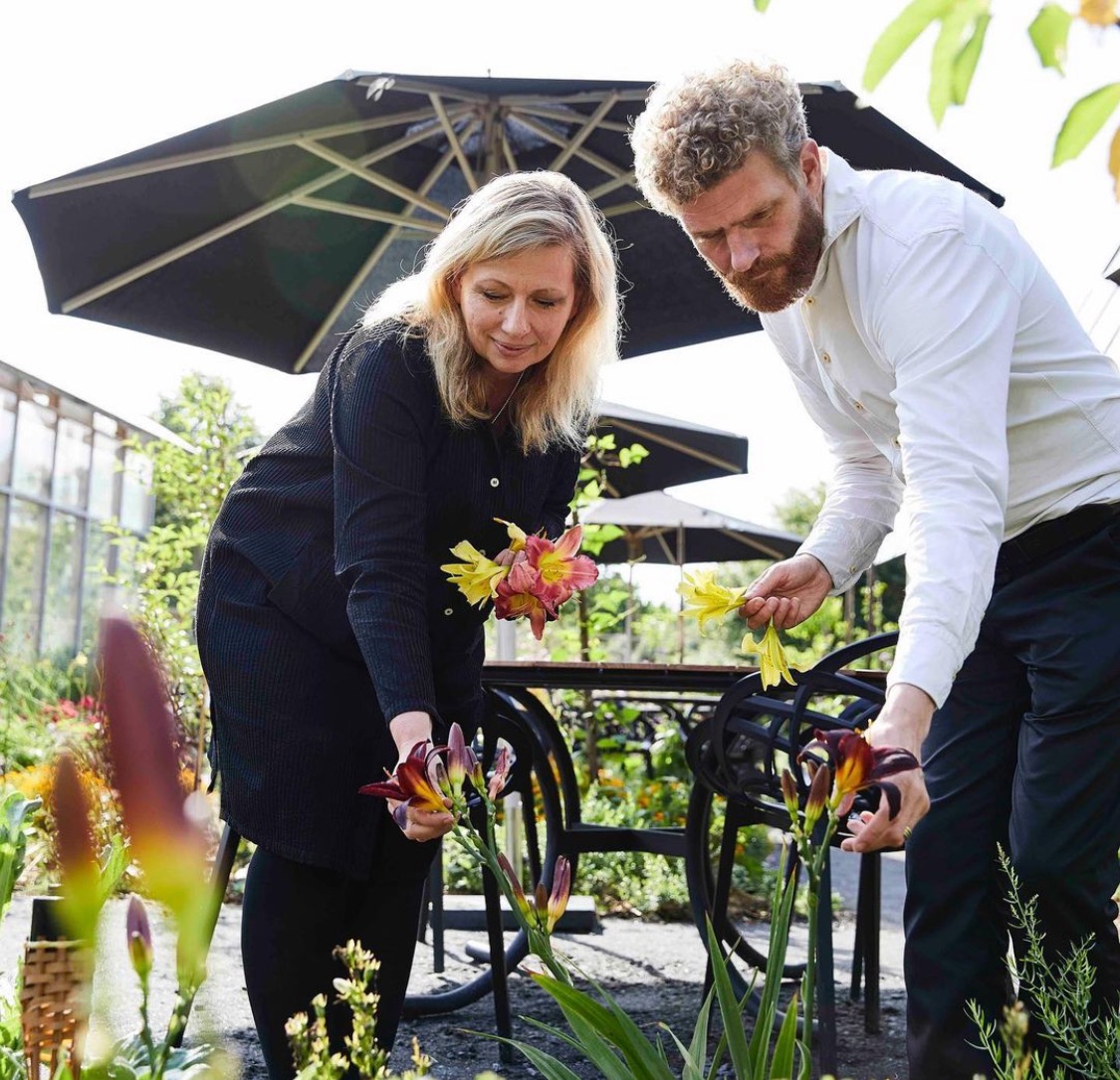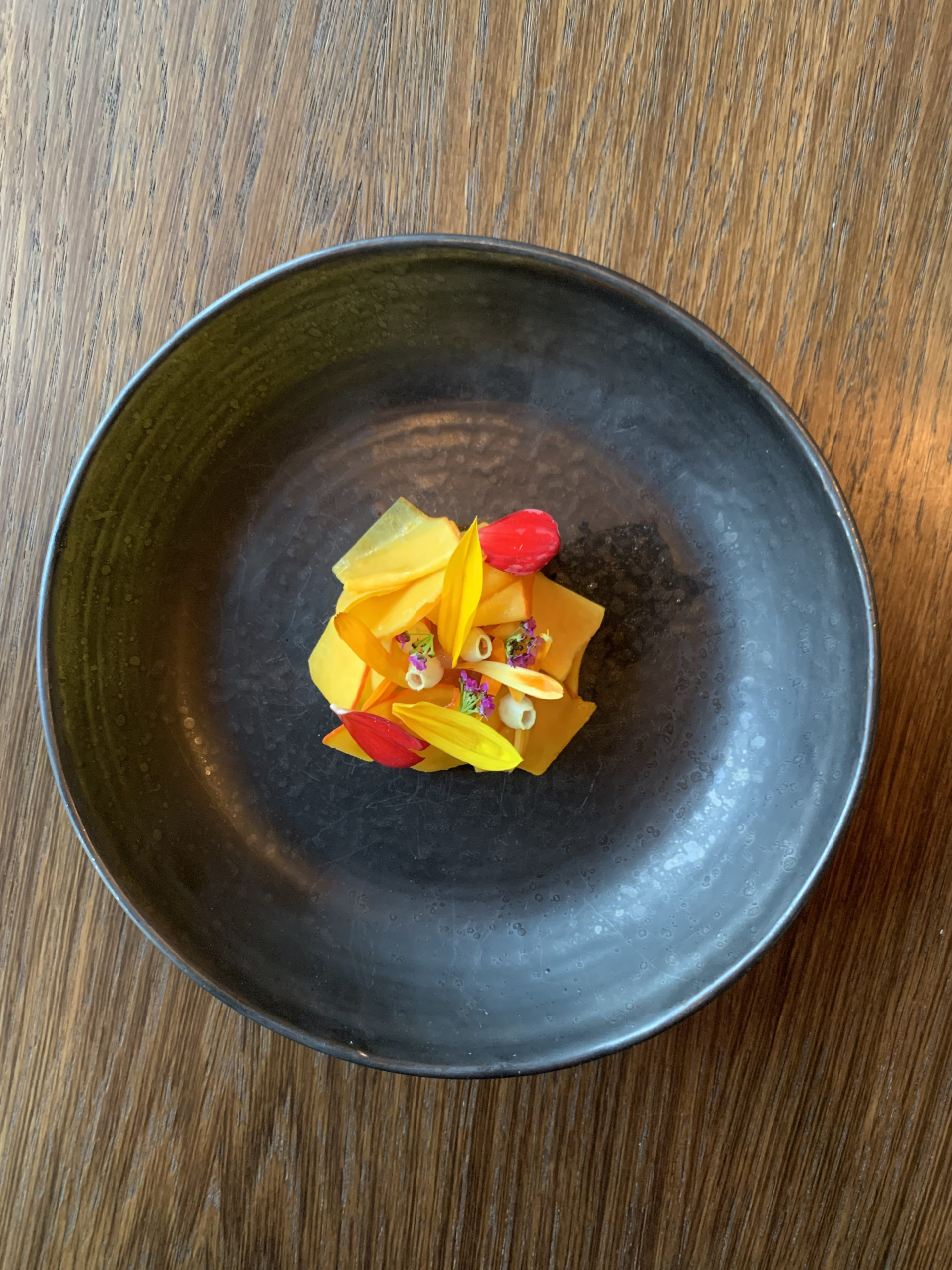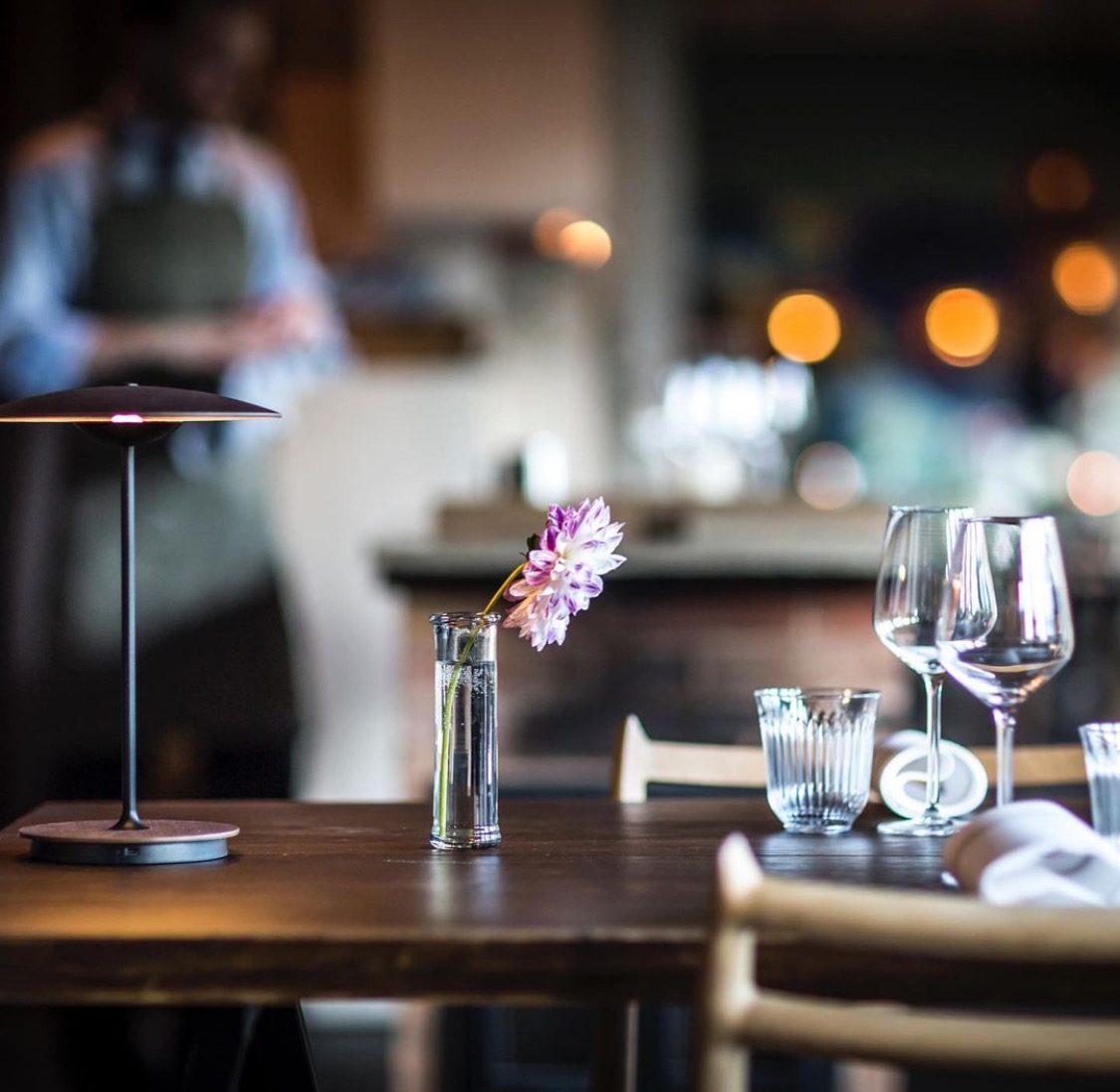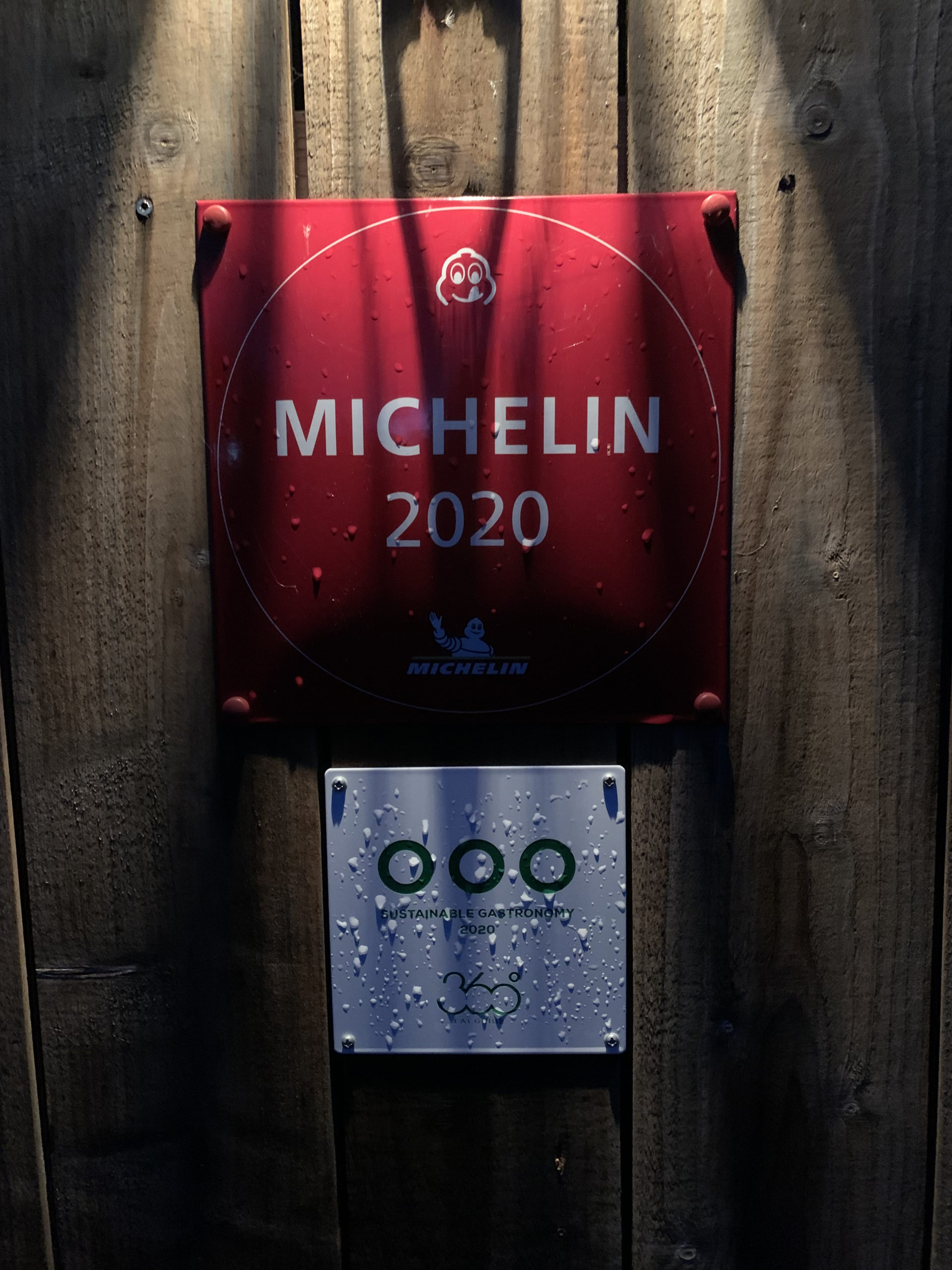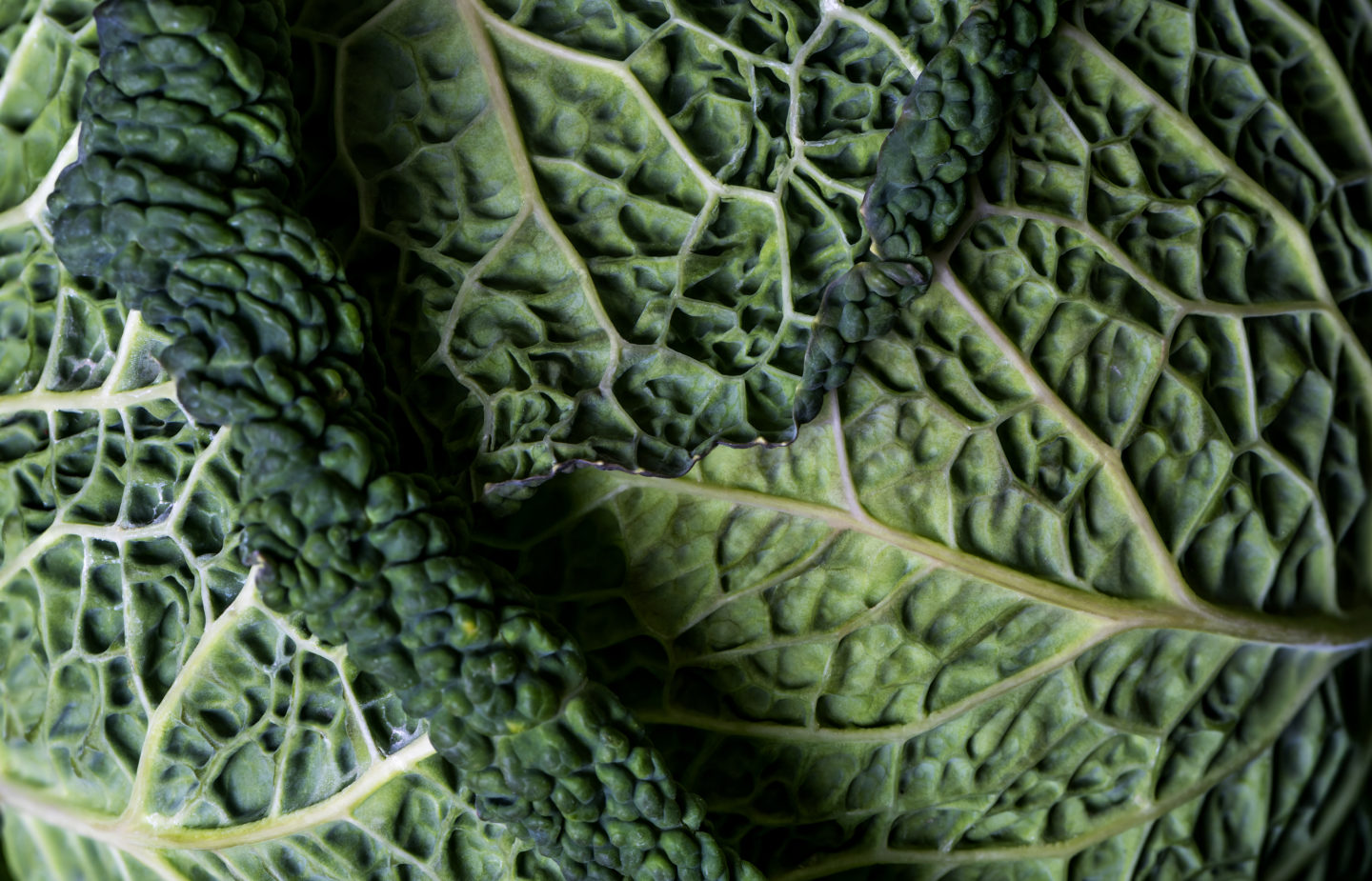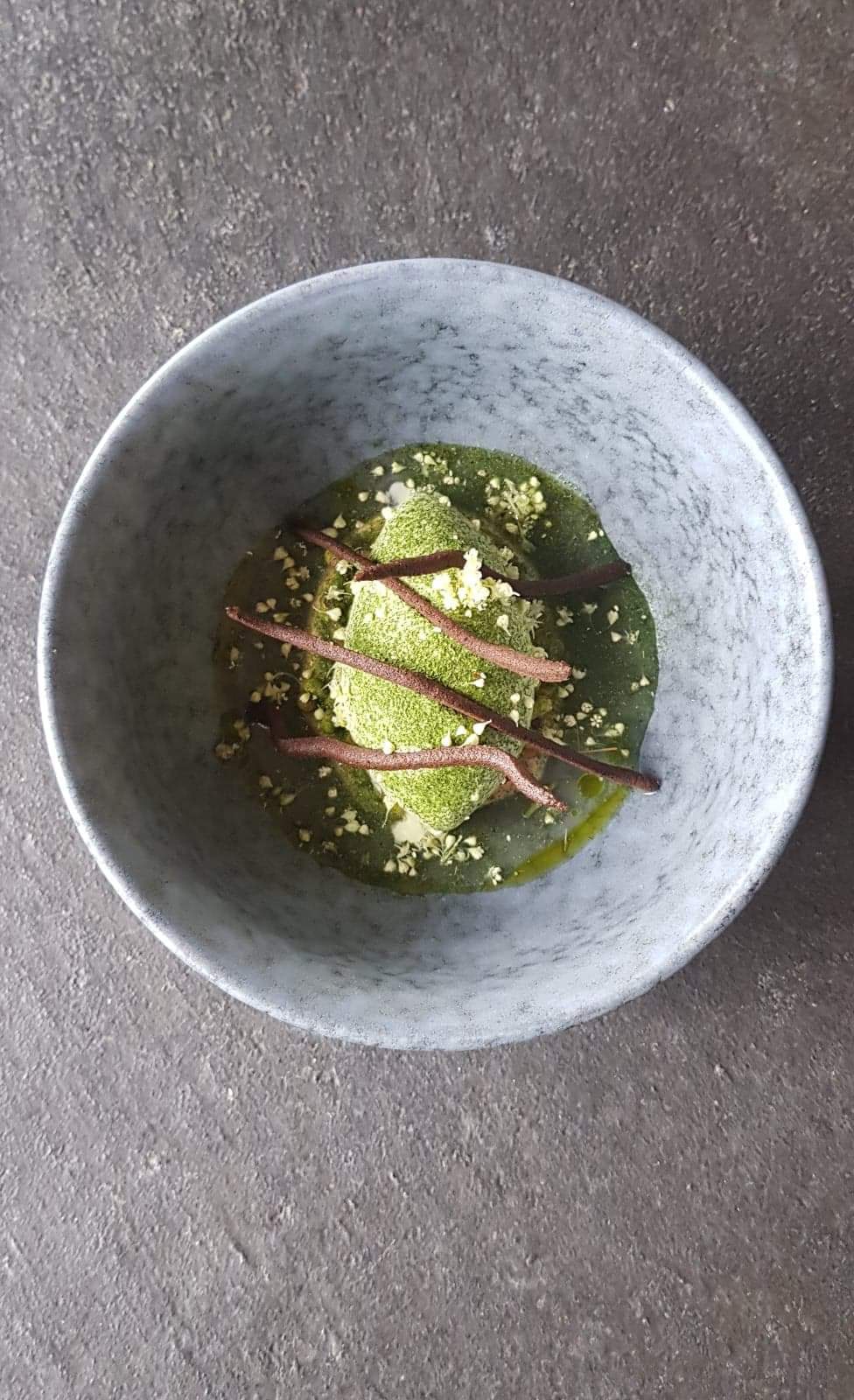Interview: Rikke Storm Overgaard, Restaurant Moment

How big part of the menu is locally sourced produce? Max 250 kilometers from the restaurant.
95-99%. That said, although we firmly believe that sustainable gastronomy should take “what grows nearby” as the point of departure for our food, we are also convinced that one must carefully investigate every product to understand its impact. We believe sustainable choices should be based on evidence and knowledge rather than a simple “one size fits all” (e.g., that distance is the only relevant perspective). We intend to create new gastronomy with sustainability at the center – where chefs and other people create food based on what is available where they are – with an understanding of and interest in working with nature rather than dominating it.
What efforts are being made – and what safety nets are in place – to avoid or capture discrimination, bullying, and verbal and physical abuse, which can result in mental illness among employees?
We take our time to listen to all staff members’ needs, and as a group, we support each other. The restaurant owner, Rikke, is in the restaurant almost every day and sees it as part of her job that everybody – from the most to the least central staff members – is happy. Moment works as a “family,” and no internal fights or fractioning is accepted.
Tell us about your view on sustainability when it comes to beverages, both alcoholic and non-alcoholic beverages.
We import much of our wine to know the producer, and we serve so-called natural wine only. Wine is a perfect example of a typically highly manipulated product from an often very polluting industry where we (in a non-preaching way) have a chance to inform guests how to make more sustainable and healthy choices. Some of our wines may appear unusual to the typical restaurant guest; some do not – as it is a point in and of itself to show that doing things naturally does not involve one specific style or taste. We also offer fermented juices that we make ourselves – small quantities at the time, and we never try to repeat a “recipe.” The juices are fermented using, e.g., kombucha or water kefir, and the products are, of course, selected the same way as the products available to the kitchen – from our garden and the immediate nature
